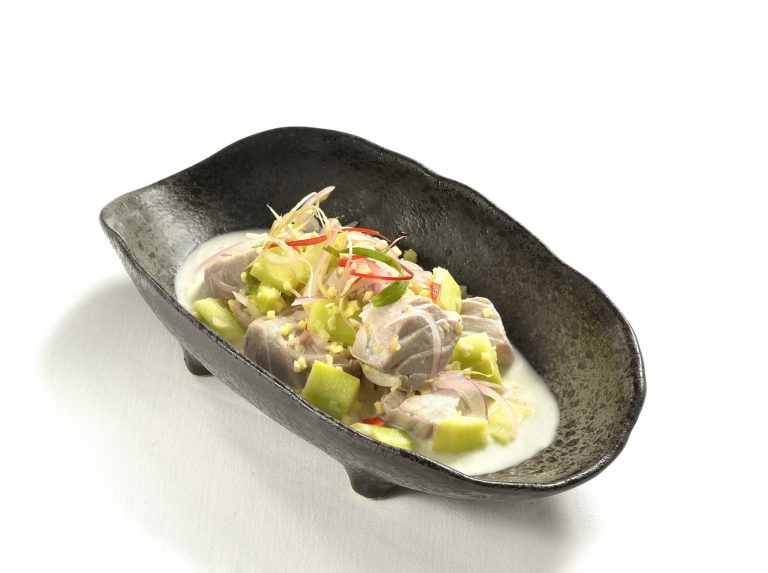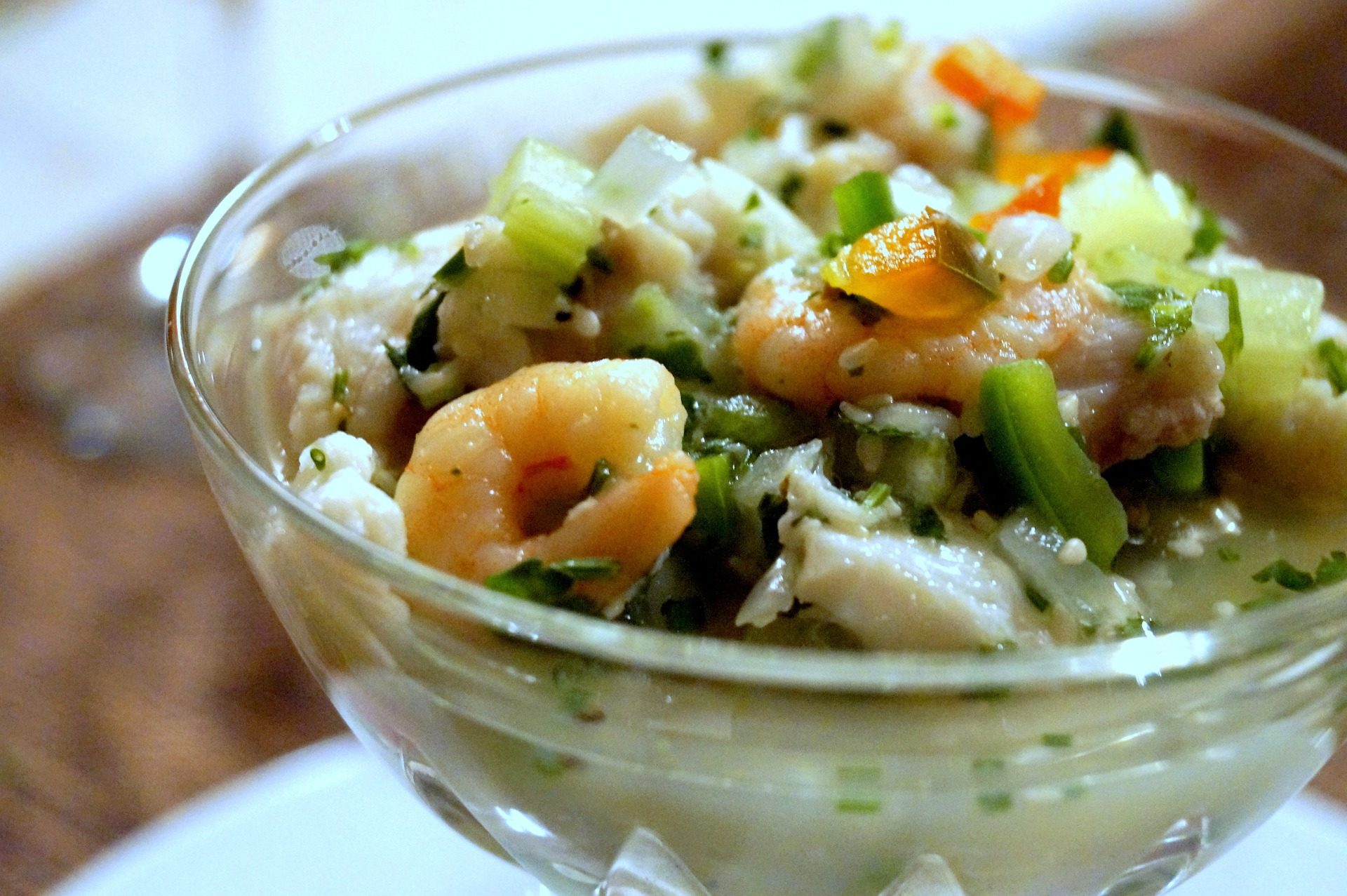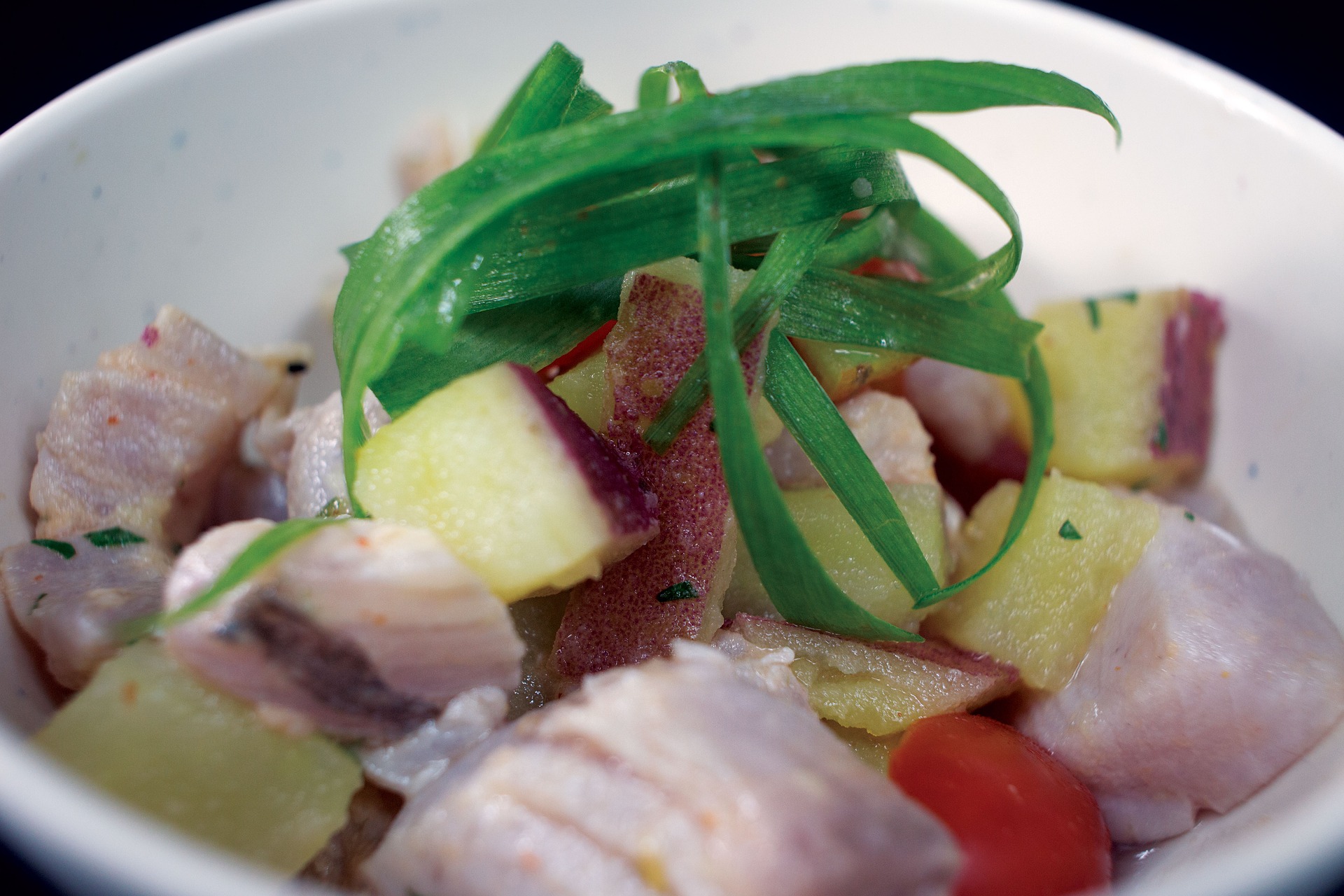
Skeptics, you can calm your nerves. The most raw thing about ceviche isn’t the raw fish, but actually the raw and dazzlingly rich flavors it creates. Many are shocked to find out what exactly ceviche is and how it’s prepared. Given that it’s as raw as, and essentially as risky as some sushi, people are sometimes hesitant to try it. A lot of people associate eating raw fish and meat with primitive customs or dire times. You may have read The Old Man and the Sea and cringed at one point. The main character’s willingness to pull raw fish out of the sea and eat it on the spot seems daunting. He was in a desperate situation.
However, times inevitably change. And with careful, educated practices, you can easily consume uncooked meat and fish. You shouldn’t be scared of the less-than-dead looking appearance of the fish in ceviche. It’s nothing to worry about.
So, if you have any reservations about this dish, set them aside. Here’s the deal. Ceviche is a dish traditionally prepared in Latin American countries. Most popularly, it hails from Peru and Ecuador, although it’s also commonly made in Mexico and Spain. There are also variations prepared in America.

Ceviche is somewhat akin to pico de gallo, and you can serve it as such. Some cultures top the ceviche concoction on toasted tortilla or other ground-corn products. It’s very unique, though. And as much as I can try to compare it to other dishes, it’s truly one of a kind. It’s made of extremely fresh ingredients, including tomatoes, onions, raw fish and shellfish, and sometimes even corn. The citric ingredients in ceviche include lime juices and fresh tomatoes. They’re acidic enough to turn the skins of the fish and shellfish slightly pink. It also creates a slight firmness in them. Some people are convinced that this is equal to cooking, although no heat is actually involved. That’s the magic of ceviche… it cooks (kind of), but it’s in a similar chemical way.
So, there you have it. You don’t really have to be afraid of the raw nature of the ingredients, so long as you’re reasonably careful about where you’re eating it and who’s preparing it. Just remember to ensure freshness!
As you’d probably guess, the widespread use of this dish warrants its many recipe variations. Especially when it comes to America, where variations fuse traditional Latin American preparation with locality.
In some variations, the ceviche recipe almost resembles the Southern low country broil. It includes anything from shrimp to corn. The main and distinctive difference ceviche holds, however, is the fact that all seafood involved is left raw.
In American styles, you may see this dish decoratively served in a clear glass or dish. This allows the radiant, natural colors of the ingredients to shine through, creating an inviting meal. It’s also sometimes served with chips or other foods to dip in it, although it can be eaten as is with a fork or spoon.
In Spain, ceviche is done a little bit differently. There, you can find recipes including a vast array of fish, like sea bass, salmon, halibut, or turbot. However, it might omit the tomato component entirely. This gives a lighter flavor that focuses on the zesty lime. And it makes room for the unique component of fresh chili peppers.
Because it contains essentially raw fish, it’s best prepared in close proximity to coastal areas, where the seafood can be gathered fresh. Absolute freshness of ingredients is totally essential to making this distinct dish work well.

If you ever have the chance to try ceviche in Peru or Ecuador, you’ll be delighted to find that the flavor is almost as surprising as its rawness. You might even get to catch the fish fresh on a boat and make it yourself. However you serve up this specialty, don’t forget to tell your friends all about it!
Sources: